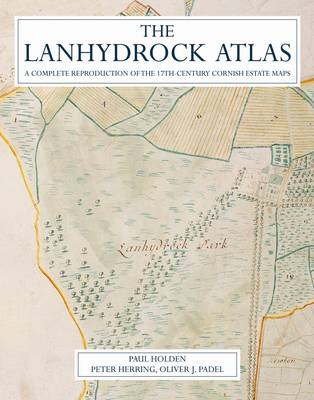Manuscript estate maps provide an invaluable link to past physical landscapes and previous human existence. The Lanhydrock Atlas is no exception. Each of its 258 highly-decorated maps opens a door into the lost world of life in the seventeenth century, and brings to life not only the physical lie of the land but the stories of the people and their lives. These documents record the widely-scattered Cornish landholdings of a single gentry family - the Robartes of Lanhydrock - during the 1690s, the period when the family's wealth and possessions were at their most extensive. Though unsigned, there is sufficient stylistic and circumstantial evidence to support the confident attribution of the maps to Joel Gascoyne, one of the foremost cartographers of the time. In addition to the painstaking listing of the field names, acreages and agrarian uses of Robartes land from St Just in the far west of the county to The Lizard in the south and as far east as the River Tamar separating Cornwall from Devon, the maps also feature topographical details of the Cornish landscape such as buildings, coastlines, roads and rivers which have become an important resource for historians.
In this book the National Trust makes available for the first time the complete set of maps which comprise the Lanhydrock Atlas. The superb quality of the reproductions is complemented by a detailed commentary on the individual maps by Dr Oliver J. Padel, and by essays from Paul Holden on the history of the Robartes family and from Peter Herring on the interpretation of the Cornish landscape in the Atlas. The publication has been made possible by generous grants from the Piet Mendels Foundation and from Cornwall County Council.
- ISBN10 1904880320
- ISBN13 9781904880325
- Publish Date 1 March 2010
- Publish Status Unknown
- Publish Country GB
- Imprint Cornwall Editions Limited
- Format Hardcover
- Pages 400
- Language English
